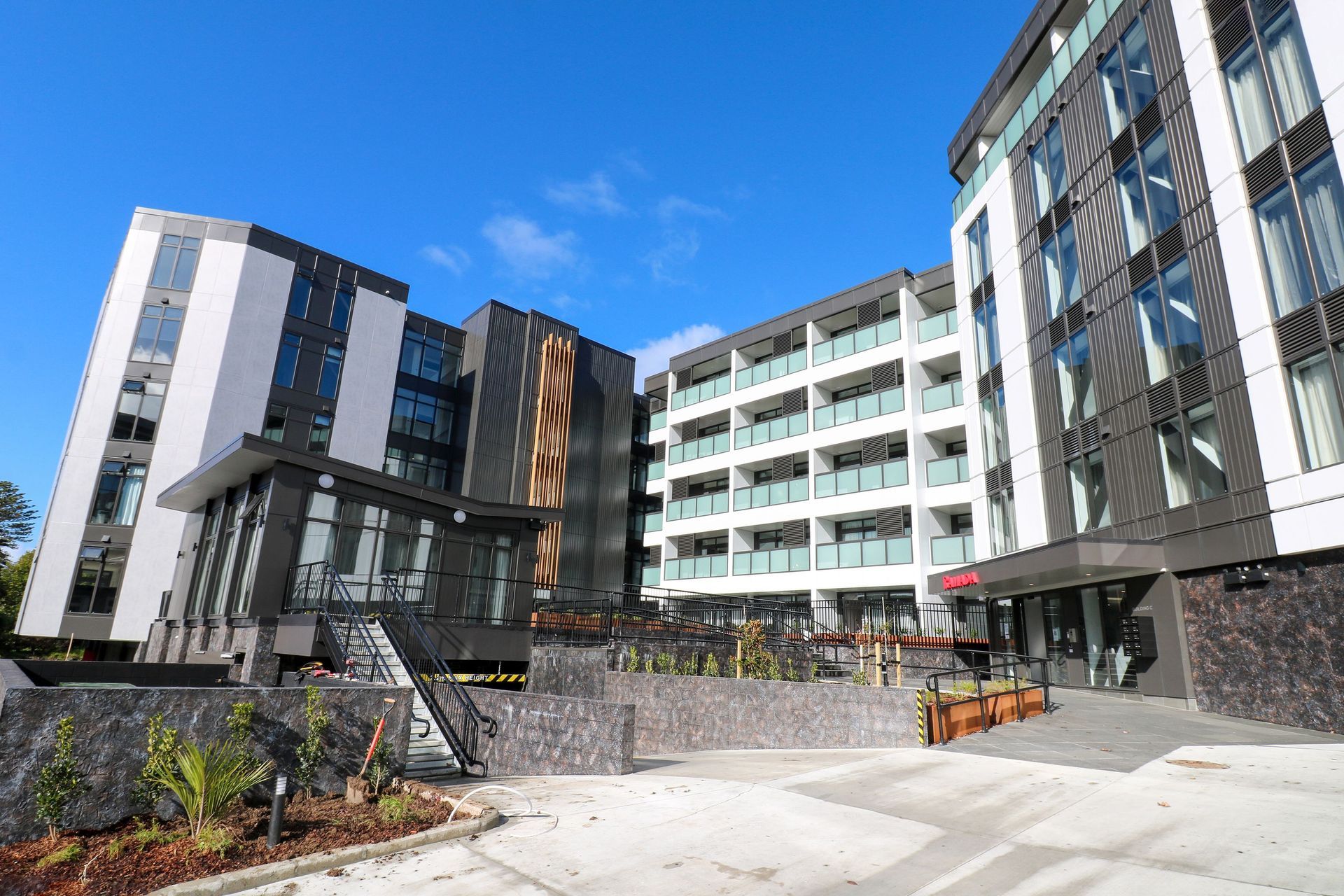Leaky homes: why it doesn’t need to be the end of the world
Written by
11 April 2023
•
5 min read

Picture this: it’s the early 1990s and you’re lounging on the couch for the first time in your newly built home, taking faint notice of the sound of rain pattering on the roof before it’s diverted to the spouting, towards the downpipes and into the scattered stormwater drains. You relax, content in the assumption that you won’t need to worry about any serious maintenance woes in your brand-new home anytime soon.
A few years pass, and unbeknownst to you, a serious problem is unfolding. Slight cracks have started appearing in the exterior plaster cladding; rust is developing on exterior fixtures; that faintly damp odour you dismissed a week ago is becoming more pungent.
Then the floodgates open: around the mid-1990s, the media catches wind of a burgeoning problem. You read in the New Zealand Herald that an ‘unusual number of recently built houses are rotting’, most built between the mid-1980s and late-1990s in a trendy Mediterranean style that embraces a monolithic stucco or plaster cladding using materials and products that are generally untested in the New Zealand environment.
This — combined with an influx of unregulated materials, a year’s long decline in the skill of the construction workforce, and several other factors — and the problem has turned into a full-blown crisis.

It gets even worse when the Building Industry Authority (the precursor to today’s Department of Building and Housing) approves regulation changes allowing untreated, kiln-dried timber — which, as opposed to the previous industry standard, does not protect against rot.
A frenzy of fear begins for home and building owners, who believe their investments to be leaky, and in the early stages of the crisis, the general knee-jerk reaction was to perform a full reclad — a notoriously expensive option. You’re convinced you have two options: fully reclad the house or put it back on the market and sell it for a fraction of what it should be worth. You decide to sell, foregoing hundreds of thousands of dollars in the process.
It’s a sad story, and one easily avoided with the right knowledge at your disposal. Even in 2023, the leaky homes crisis is being felt, not just in the residential sector but in commercial buildings, too. But it doesn’t have to be as simple as the above binary choice, because there’s a third option: targeted repairs.
Danny Wright, director of Sound Homes, says the initial fear of finding out your home or building is ‘leaky’ can lead to irrational decisions – often because the right information is not available, or everyone involved in the process is offloading the liability like it's a hot potato.
“I’ve heard of jobs where there was a full reclad just because there was a single leak under a window,” says Wright. “So it’s not necessarily a leaky home, it’s a home with a leak — but because of the overwhelming fear, it can be easy to go overboard when there’s a much more measured and sensible approach.”
Sound Homes was created with this approach in mind: partnering with leading material suppliers and property professionals, it developed a “one-stop-shop solution” for targeted repairs and weathertight solutions aimed at leaky homes and buildings.
And while the company has the expertise to do “invasive inspections” — opening walls and ceilings to investigate and remediate leak and mould issues — Wright says most of its work is on a smaller scale.
“I’ve found that most of our jobs involve working on several small issues which just need a very pragmatic approach to fixing them,” he says. “For example, sometimes the answer is just to redesign and replace a flashing — or manage the water runoff so that it clears the building structure and drains away, achieving the three D’s — deflection, drainage and drying ability.
“So we have in-house flashing manufacturing in our warehouse just for these problems.”

As an example, one of the most common issues is with two-storey houses, where the lower roof intersects with the top floor's wall. This junction is often a hotspot of water ingress, as it’s easier for rain and moisture to get in behind the cladding.
“We’ll cut that open and deal with any moisture issues, and then install a custom-designed and manufactured diverter, which will reliably keep the water out in the future,” says Wright.
Sound Homes, he says, also does everything in between: “We’ve got 55 staff on the tools, all specialists in their field, from LPB builders to exterior plasterers and painters, flashing manufacturers and project managers. This means we don’t need to outsource odd jobs to subcontractors — it’s all under the same umbrella.
“We mean it when we say we’re a one-stop-shop.”
Learn more about Sound Homes and its expertise in remediating leaky homes and buildings.